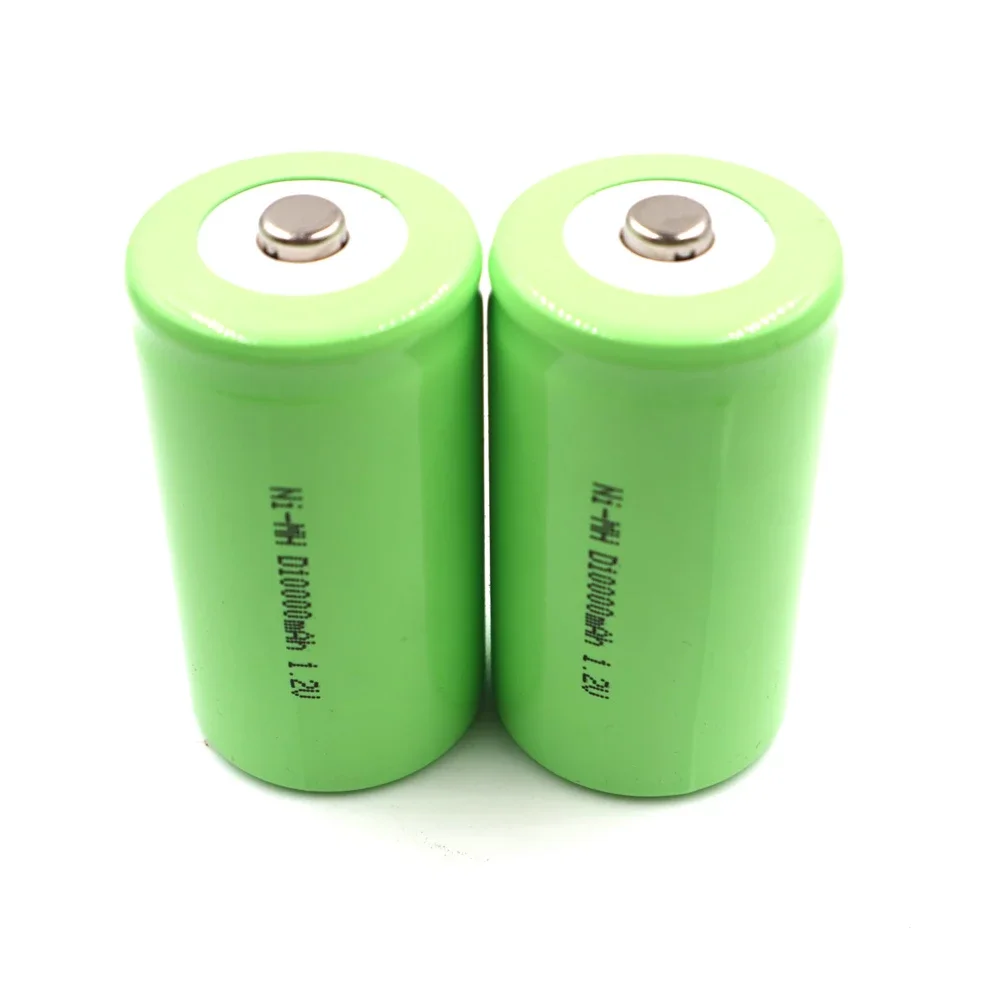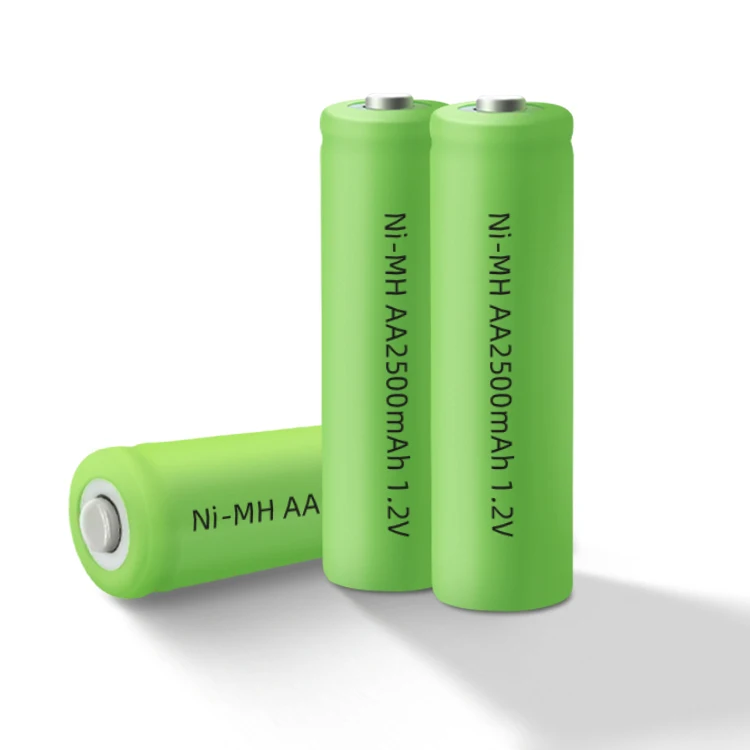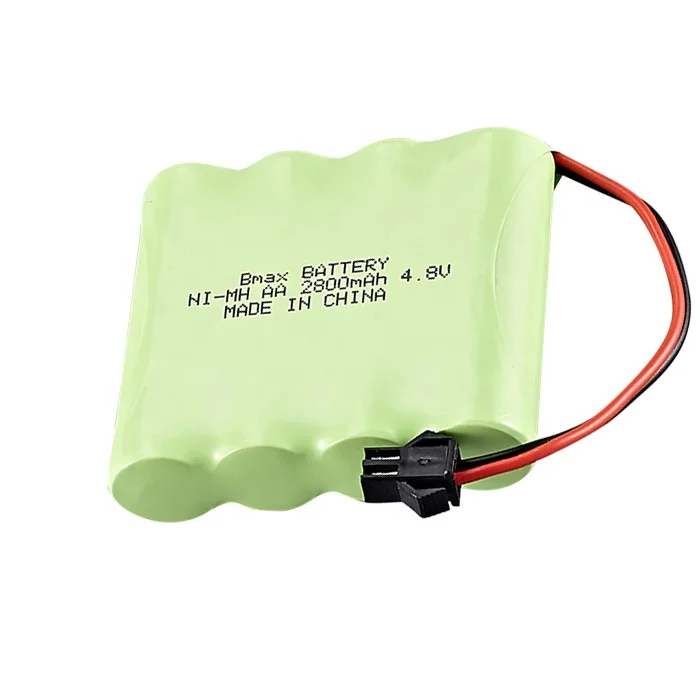Introduction:
Trickle charging is a method commonly used to maintain the charge of rechargeable batteries by supplying a low, constant current over an extended period. While trickle charging is widely practiced with lead-acid batteries, there’s often confusion about whether it’s suitable for nickel-metal hydride (NiMH) batteries. In this comprehensive guide, we’ll explore the concept of trickle charging, delve into its compatibility with NiMH batteries, and provide insights into safe and effective charging practices.
Understanding Trickle Charging:
Trickle charging is a technique used to maintain the charge of a battery by applying a continuous low-level current, typically at a rate of C/10 or lower (where C represents the battery’s capacity in ampere-hours). This gentle current prevents the battery from self-discharging and helps offset any losses due to internal leakage or parasitic loads. Trickle charging is commonly employed in applications where batteries are left connected for extended periods without being used, such as standby power systems, emergency lighting, and float charging for lead-acid batteries.
The suitability of trickle charging depends on the specific characteristics of the battery chemistry and design. While some rechargeable battery chemistries, such as lead-acid, are well-suited to trickle charging, others may be more sensitive to overcharging or damage if subjected to prolonged trickle charging.
NiMH Batteries: Trickle Charging Compatibility
NiMH batteries have different characteristics compared to lead-acid batteries, raising questions about their compatibility with trickle charging. Let’s explore some key considerations:
- Self-Discharge Rate: NiMH batteries have a higher self-discharge rate compared to some other rechargeable battery chemistries. When left unused, NiMH batteries gradually lose their charge over time due to internal chemical reactions. Trickle charging can help offset self-discharge losses by maintaining the battery’s charge level, ensuring it’s ready for use when needed.
- Overcharging Concerns: One potential concern with trickle charging NiMH batteries is the risk of overcharging. NiMH batteries are sensitive to overcharging, which can lead to electrolyte decomposition, gas evolution, and electrode degradation. Over time, overcharging can cause capacity loss, reduced performance, and shortened battery lifespan.
- Temperature Considerations: Trickle charging NiMH batteries at elevated temperatures can exacerbate the risk of overcharging and damage. High temperatures accelerate chemical reactions within the battery, leading to increased self-discharge and degradation. It’s essential to monitor the temperature of NiMH batteries during trickle charging and avoid exposing them to extreme temperatures.
- Charger Compatibility: When trickle charging NiMH batteries, it’s crucial to use a compatible charger specifically designed for NiMH batteries. Avoid using chargers intended for other battery chemistries, as they may not provide the appropriate charging current or voltage levels for NiMH batteries. Choose a charger with a low trickle charge rate and built-in safeguards to prevent overcharging.
Safe and Effective Trickle Charging Practices for NiMH Batteries:
While trickle charging NiMH batteries is technically possible, it requires careful consideration of charging parameters and adherence to best practices to ensure safe and effective charging. Here are some tips for trickle charging NiMH batteries:
- Choose the Right Charger: Use a charger specifically designed for NiMH batteries and capable of delivering a low trickle charge current, typically at a rate of C/10 or lower. Avoid using chargers intended for other battery chemistries, as they may not provide the appropriate charging current or voltage levels for NiMH batteries.
- Monitor Charging Parameters: Monitor the voltage, current, and temperature of NiMH batteries during trickle charging to ensure they remain within safe limits. Use a charger with built-in safeguards to prevent overcharging and overheating, such as automatic shutoff or voltage regulation.
- Avoid Prolonged Trickle Charging: While trickle charging can help maintain the charge of NiMH batteries, avoid subjecting them to prolonged trickle charging for extended periods. Periodically check the battery’s charge level and disconnect the charger once the battery reaches full capacity to prevent overcharging.
- Monitor Battery Temperature: Keep an eye on the temperature of NiMH batteries during trickle charging and ensure they remain within safe operating limits. If the battery becomes excessively hot during charging, stop charging immediately and allow it to cool down before resuming charging.
- Follow Manufacturer Recommendations: Always follow the manufacturer’s recommendations and guidelines for trickle charging NiMH batteries. Refer to the battery’s user manual or specifications sheet for information on recommended charging parameters, charging methods, and safety precautions.
Conclusion:
In conclusion, trickle charging can be a useful technique for maintaining the charge of NiMH batteries, especially in applications where batteries are left connected for extended periods without being used. However, it’s essential to exercise caution and adhere to best practices to ensure safe and effective trickle charging.
When trickle charging NiMH batteries, choose a compatible charger with a low trickle charge rate, monitor charging parameters and battery temperature, and avoid subjecting batteries to prolonged trickle charging. By following these guidelines and manufacturer recommendations, users can prolong the lifespan of NiMH batteries and optimize their performance for various applications. Whether powering portable electronics, power tools, or renewable energy systems, NiMH batteries can provide reliable performance with proper care and maintenance.


